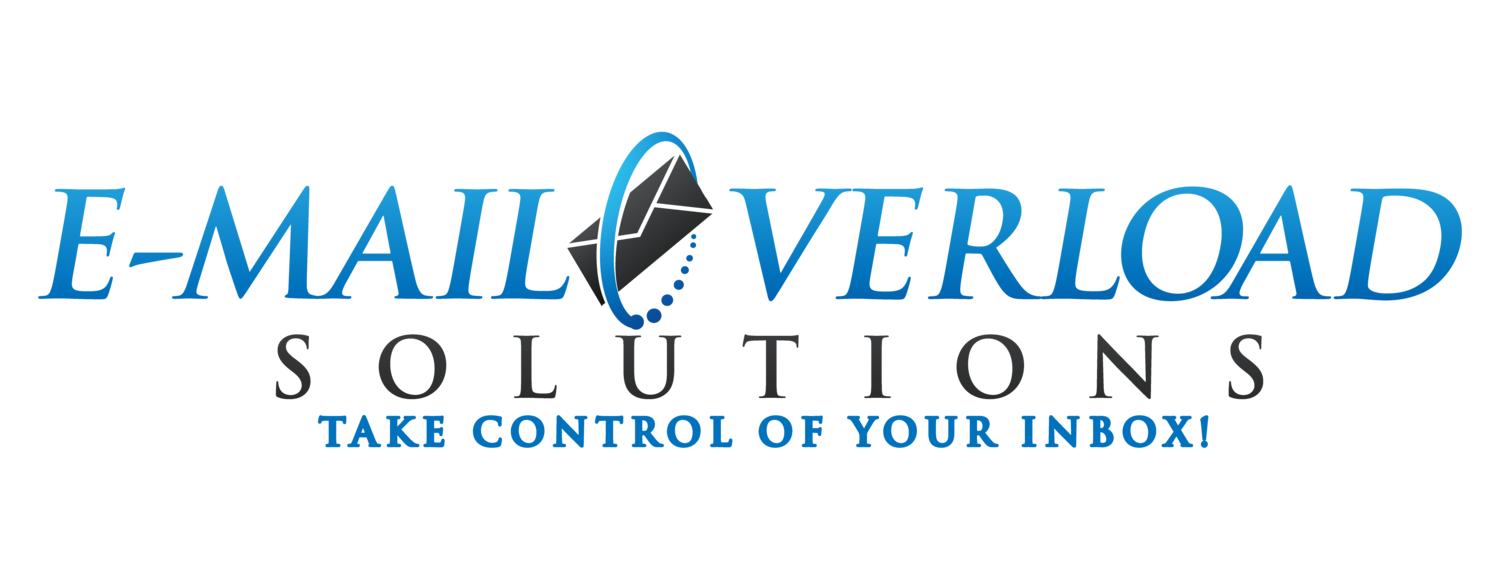Email Sign-offs and Email Etiquette
/In this posting, we are going to focus on the (often forgotten) art of using appropriate Email Sign-Offs as a way to improve our business Email etiquette and communication.
With Email now the dominant and preferred mode of business communication, it is important that you utilize appropriate messaging tone and style elements to fit the relationship and the situation. And although there is no one "right way" or "wrong way" to end a message with an Email sign-off, there are certainly "better ways" and "worse ways", as well a ones that are clearly more appropriate given a specific situation.
Many consider Email as an informal information communication media that does not require the use of formal opening or closing phrases. However, with the exception of personal Emails messages, it is good business practice, as well as common courtesy, to end each message with both an appropriate sign-off closing phrase and your name.
The lack of a Email sign-off on a business communication can often be perceived as conveying rudeness, displeasure, or even hostility. And in many cultures, the lack of a sign-off or closing phrase can be considered exceptionally poor manners and damage business relationships.
An Email sign-off gives you the opportunity to conclude the message with the appropriate tone and convey the intent of your message. It is also your opportunity to leave a good, final, lasting impression.
Just as you would want a face-to-face meeting to end on a positive note, you should expect the same from an Email communication.
In addition, a positive Email sign-off can often help to defuse a situation, improve the speed of a response, or help to get a response at all. Messages deemed rude or inappropriate by the recipient may be deferred or even ignored entirely!
Factors to consider in choosing the most appropriate Email sign-off include the tone of the overall communication, the relationship between the sender and the recipient, and the potential need (or request) for future action.
And remember to include your name as well!
For formal or first time communications, you normally include both your first and last name (and potentially title as well) in your Email sign-off. For subsequent communications, as well as less formal communications (friends, family, coworkers, existing business contacts), you normally can use only your first name.
Not having your name at the end of an Email communication may be perceived as being demanding or rude, so make sure to take the few seconds to add your name.
Luckily, the "signature line" feature available in most Email systems makes this very easy to accomplish.
Remember to keep the Email message tone consistent.
The Email closing statement and sign-off should match the overall tone and intent of the message. It doesn't make sense to have a terse Email message end with "Cheers!" or a casual message end with "Sincerely", so make sure the opening statement, message content, and sign-off all match. This will help to improve the clarity of the Email message and reduce misunderstandings or incorrect perceptions.
In a future post, I will be providing several examples of different Email Sign-Offs for different situations, so stay tuned!
What are your practices for using Email Sign-offs and closing phrases?
Some helpful Email Etiquette Books:
References: Yours Truly,’ the E-Variations, By LOLA OGUNNAIKE, the New York Times, November 26, 2006
















